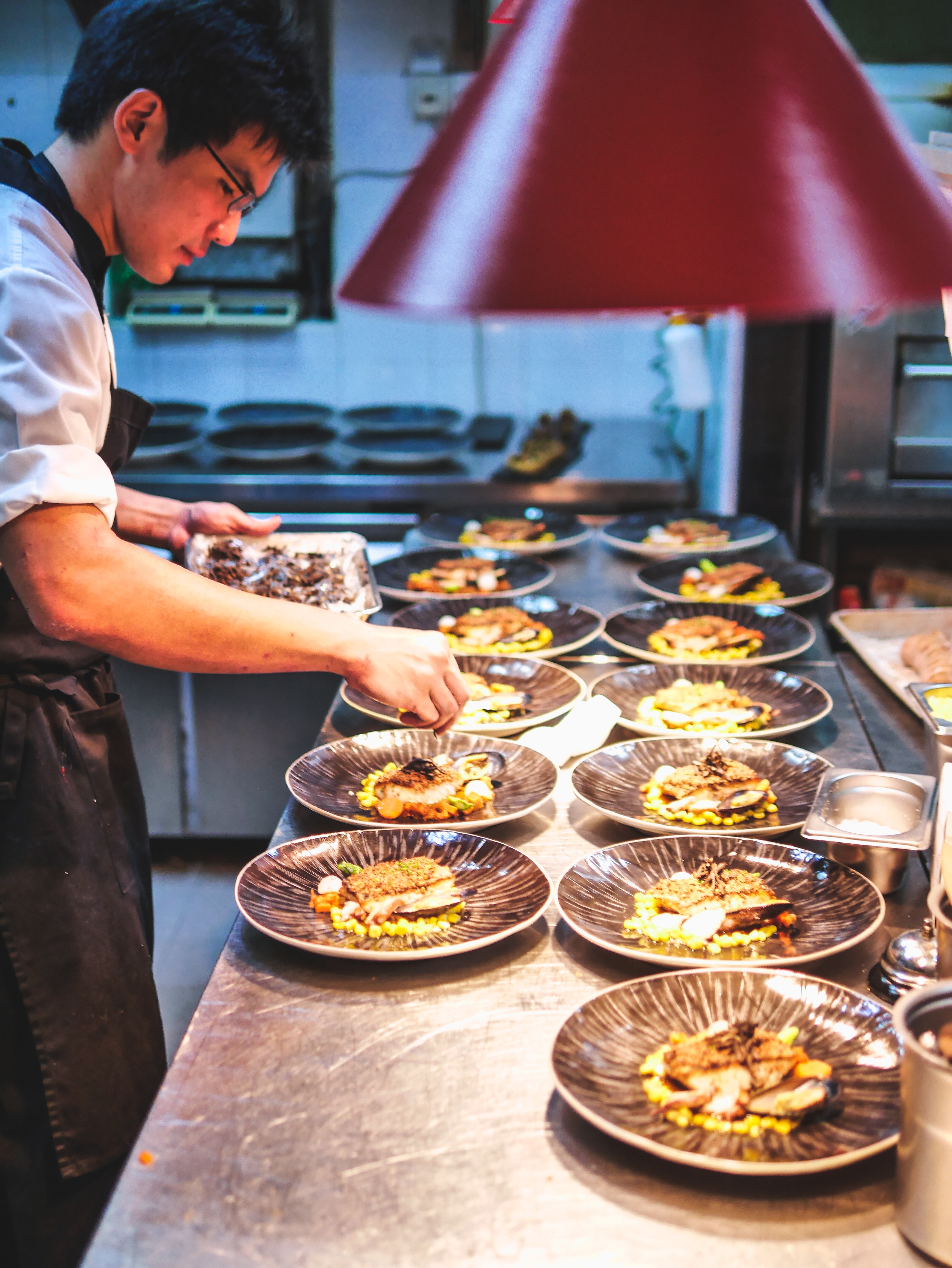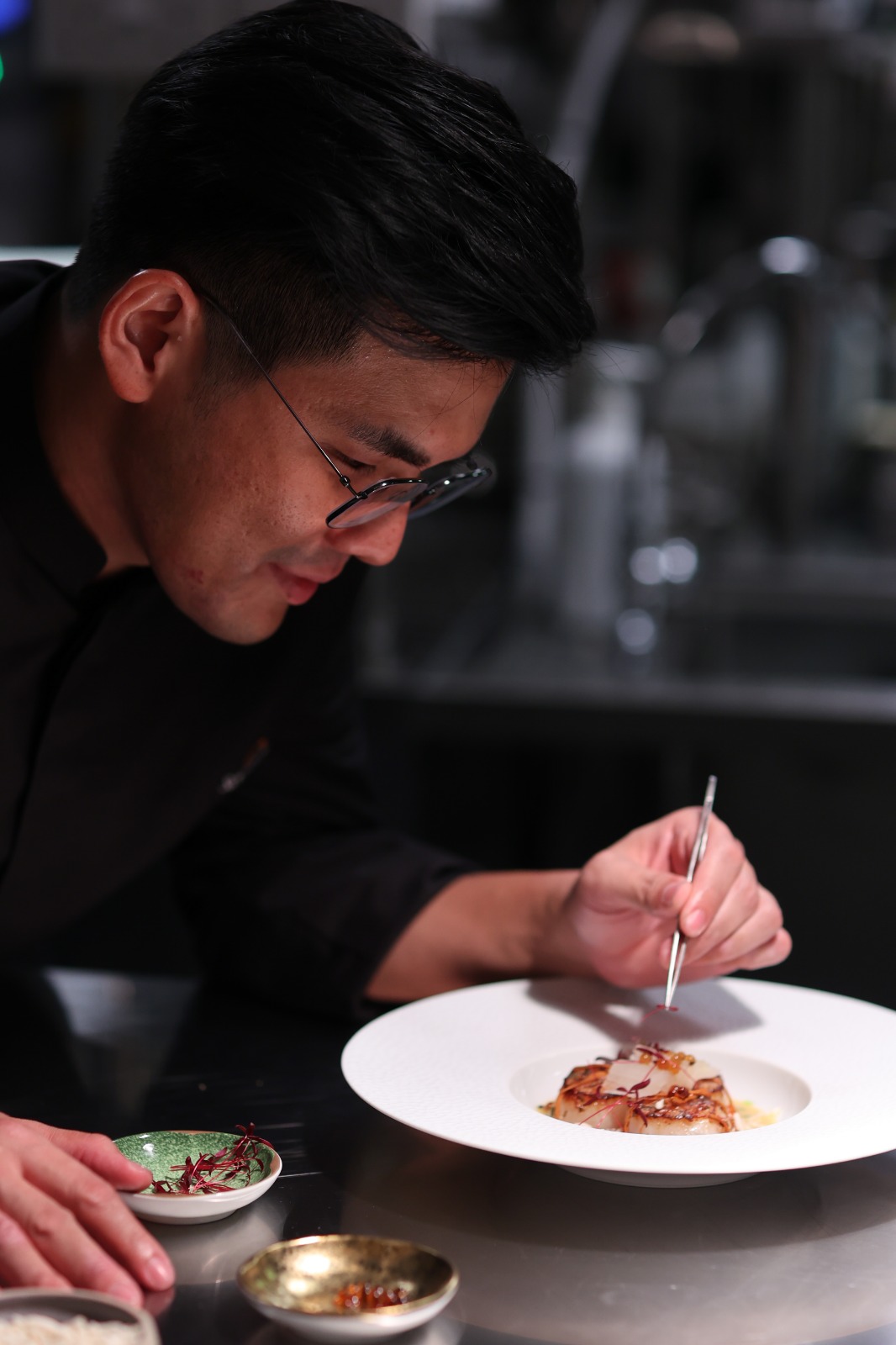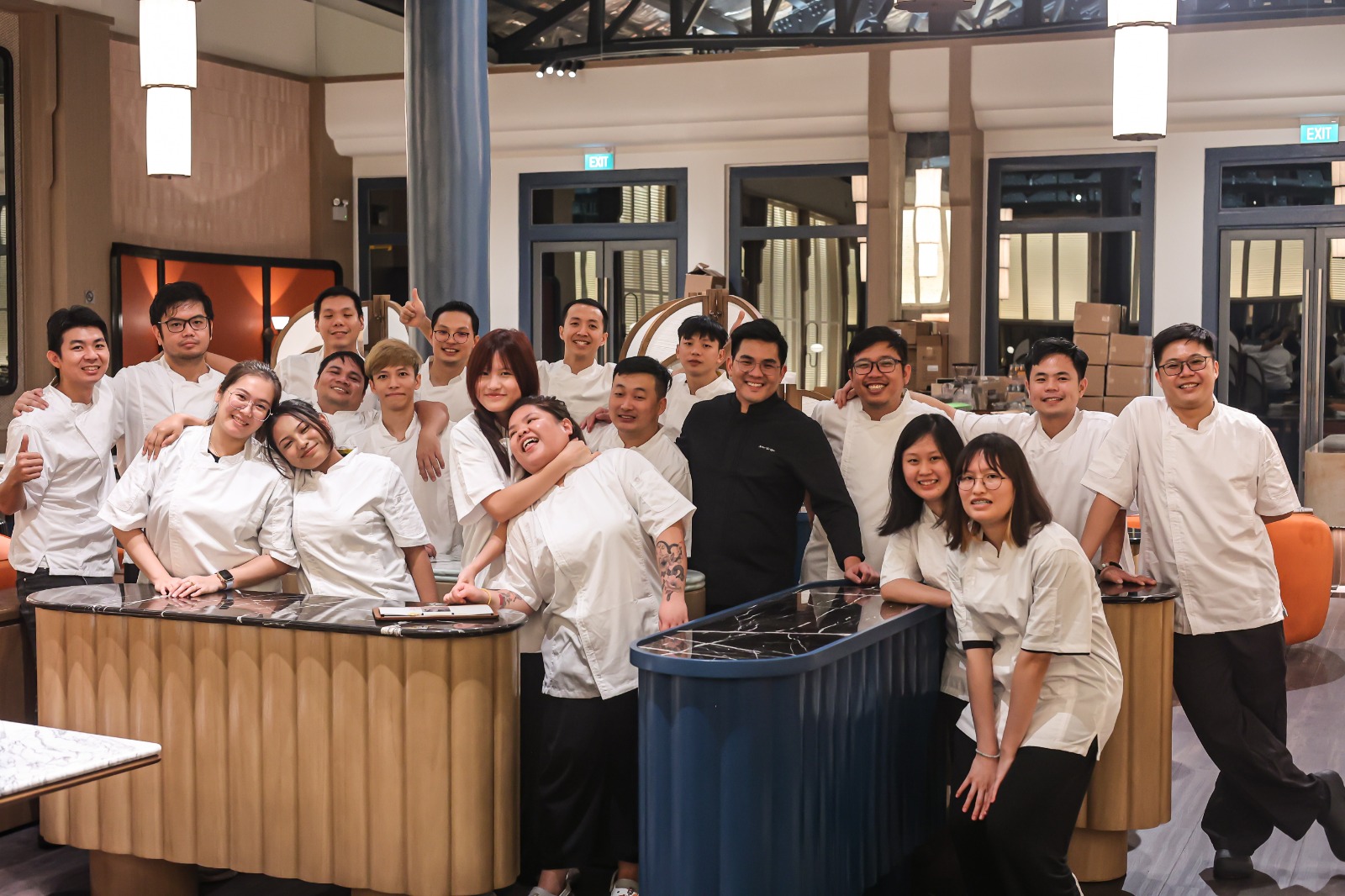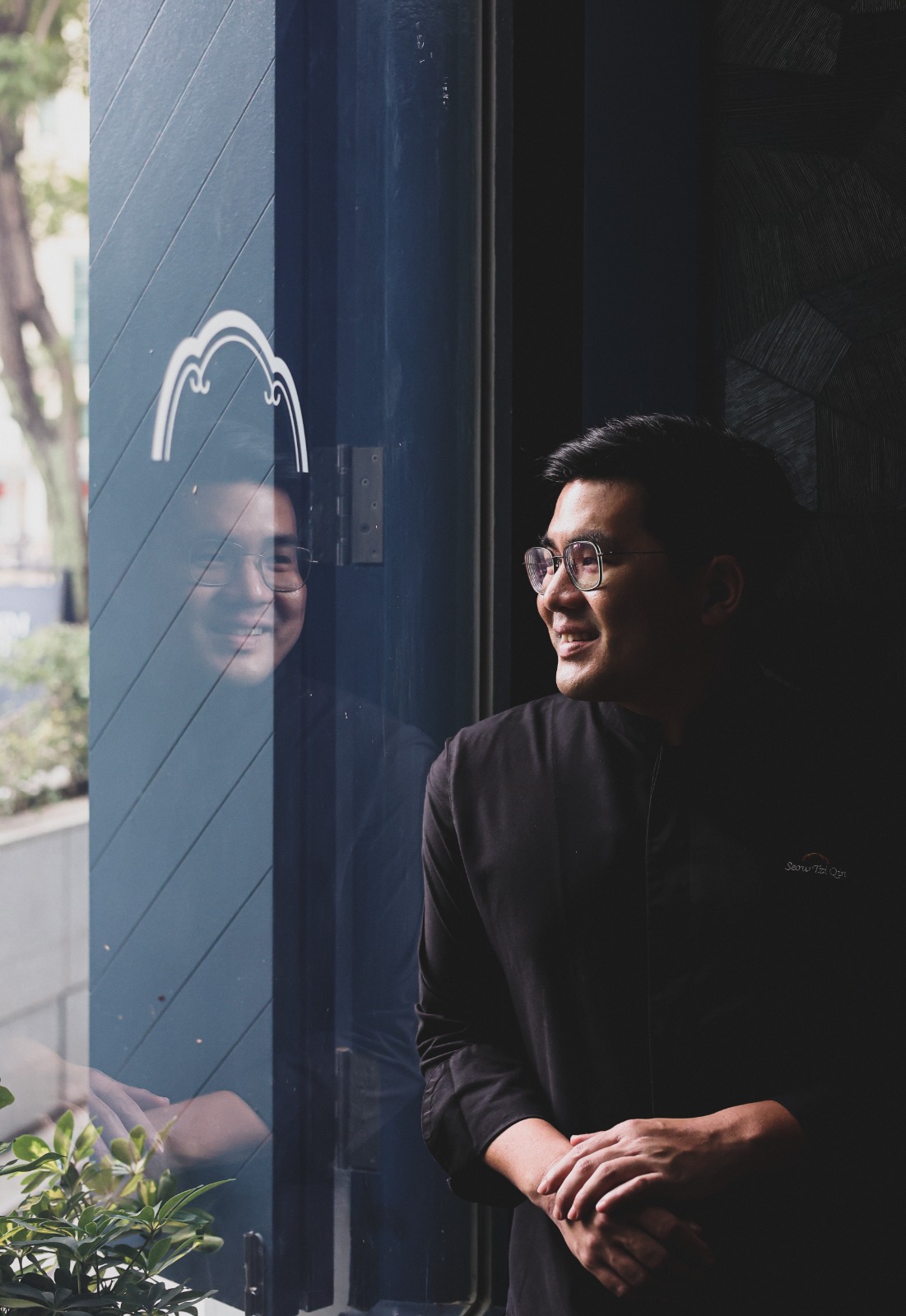Seow Tzi Qin
Chef Partner | Jiak Kim House
Family is at the heart of everything Tzi Qin does. He strongly believes that when you apply the principles of family to the kitchen and treat your culinary team, service staff and customers like family, you will be the best version of yourself and your food will naturally shine.
That sense of reliability, consistency and doing one’s best has followed him throughout his career and the myriad cuisines he has whipped up. They span quite a number, including fiery stir-fries and double boiled soups at the Cantonese Tung Lok Classics, Tandoori and Masala Indian Thali at Singapore Airlines, French entrées at the highly acclaimed Le Saint Julien and Les Amis, intense Spanish flavours at La Taperia, and Asian-European fusion at 1919 Waterboat House.
Tzi Qin is now Chef Partner at Jiak Kim House, and also heads up and manages nine restaurants in the Brewerkz family as its Culinary Director. He has brought his signature Asian-European style to the table, reimagining Brewerkz’s traditionally American bar food menu and using sustainable and locally sourced ingredients to infuse Café Iguana’s traditional Mexican street food menu with a touch of modernity. To Tzi Qin, food is about constant creation and reinvention, but most of all, he believes food should be — at its heart — honest and unpretentious.

About you
1. Describe your culinary journey so far.
My culinary journey has been nothing short of fulfilling. To me, what a chef does is beyond cooking. Food plating requires artistry, food sourcing requires negotiating with suppliers, and menu creation requires the understanding of operational costs to achieve profitability for the company.
At each stage of the journey, there have been different “missions” through which I gained experience and skills, much like in gaming. Currently, I enjoy mentoring and developing budding cooks, paying forward what I have learnt during my journey.
2. How did you become a chef in paper qualifications-obsessed Singapore?
I’ve always been a big fan of my mum’s cooking and grew up appreciating our cultural heritage through family meals. I took immense interest in watching and tasting her cooking, and gravitated towards taking up F&B professionally as a career.
3. What is next for you? Are you chasing any dreams?
With Jiak Kim House officially opened, my main focus is to create an exceptional dining experience that leaves our customers walking out the door with big smiles and happy tummies.
As we establish ourselves, I'm excited to explore more collaborative opportunities, which could lead to unique events and themed nights that celebrate diverse culianry genres.
Additionally, as we continue to receive recognition and awards for our work, I envision expanding the Jiak Kim House brand in the next year or so. I'm eager to see where this journey takes us!

About food
1. How would you describe or define your cooking style?
I would define my cooking style as complex, with varied layers of profound yet subtle flavours. I enjoy playing with different combinations of ingredients, flavours and techniques, and find ways to add my own personal touch to every dish I put on the menu to surprise and delight diners.
2. What do you think Singapore can offer the world in terms of food? Hawker culture? Fusion food? Or more?
Singapore is already known among the international community for our rich food heritage and I think we can contribute to our thriving food scene by continuing to do our best and come up with innovative dishes. At the upcoming Jiak Kim House, we will showcase a brand new fusion menu that is very different from Brewerkz’s contemporary Western offerings and Café Iguana’s modern Mexican menu. This is one of the ways I see myself giving back to the community.


About your choice of ingredients
1. Why do you choose Japanese ingredients in your cooking/baking?
Japanese ingredients are known for being premium and for their freshness and quality. They also have strict regulations on food safety.
2. What is the one Japanese ingredient you found indispensable in your creations?
Koji. It is versatile and an essential component in various traditional Japanese foods and condiments such as soy sauce, miso, mirin and sake. I appreciate its ability to bring complex flavours and aromas to the final product.
3. What can Japanese ingredients bring to the table that similar ingredients from other sources cannot?
Japanese ingredients have a complex depth of flavours. For example, their umami-rich shoyu, cultivated with Koji, brings a different and more complex taste profile compared to Chinese soy sauce. Many Japanese ingredients offer this multi-dimensionality, lending a richer and more aromatic profile to food.